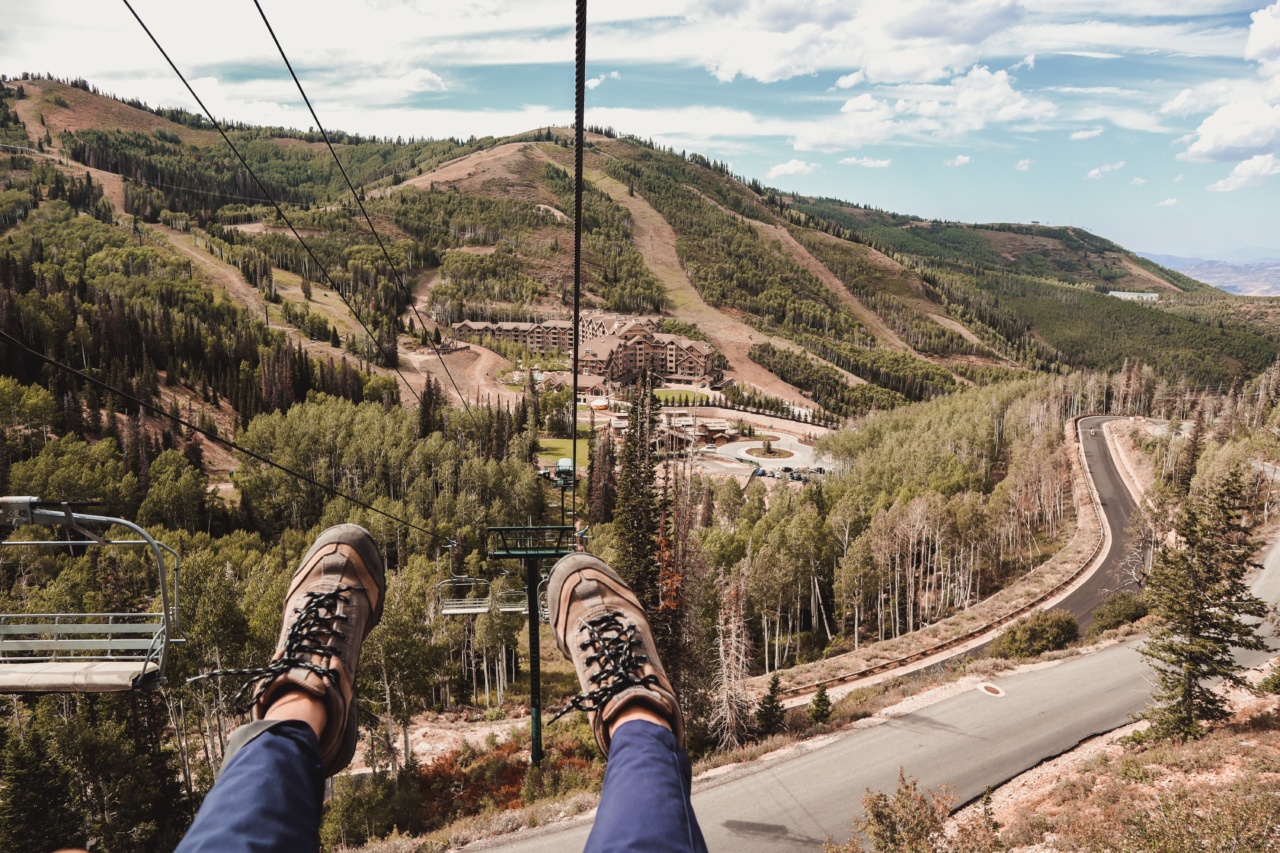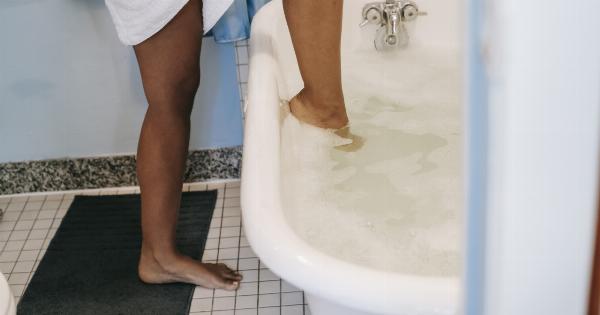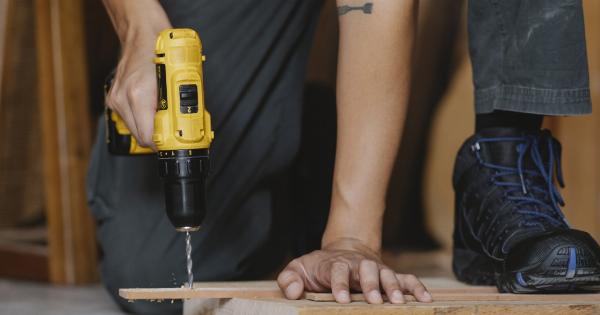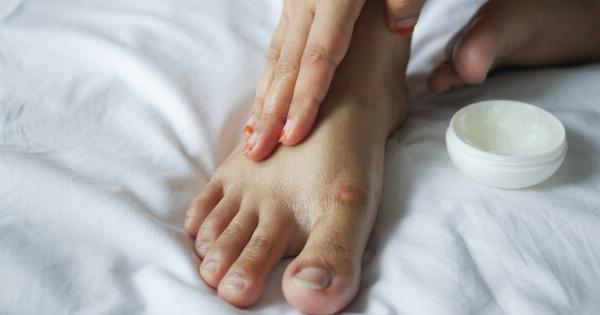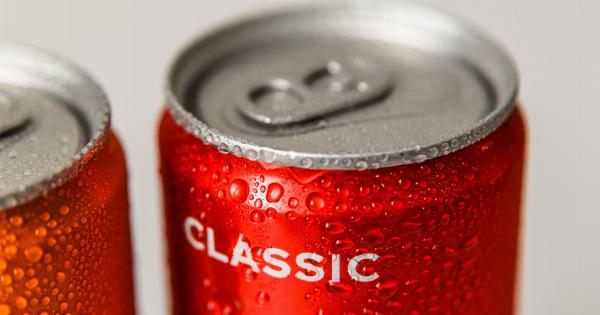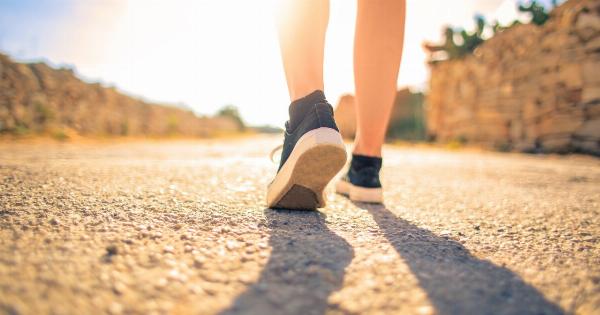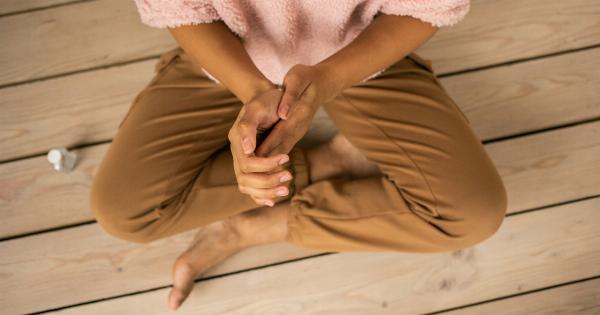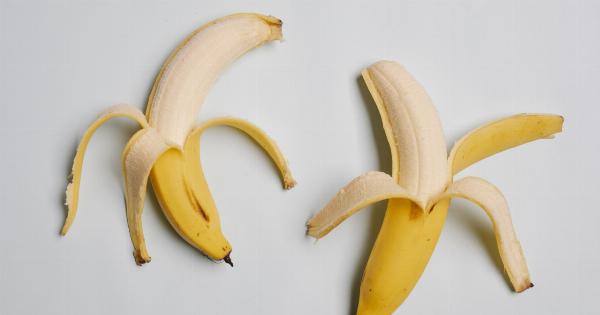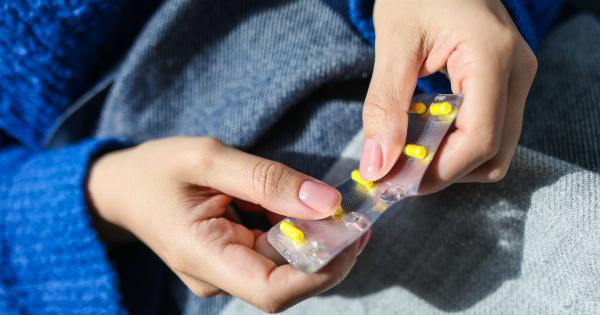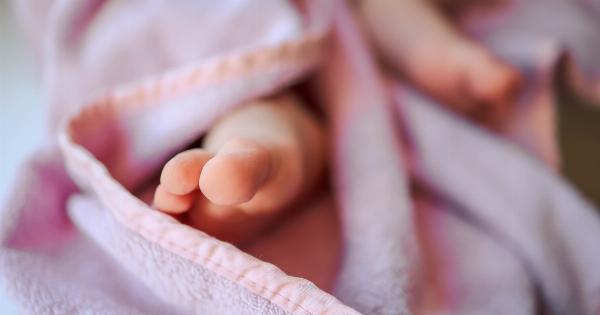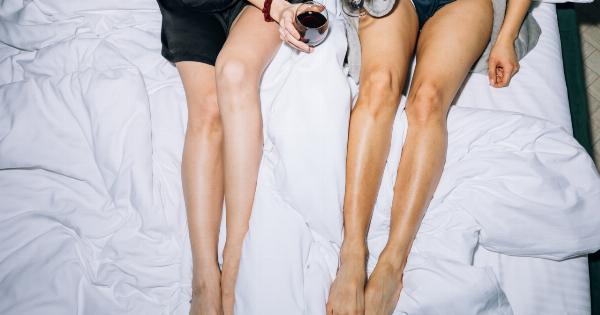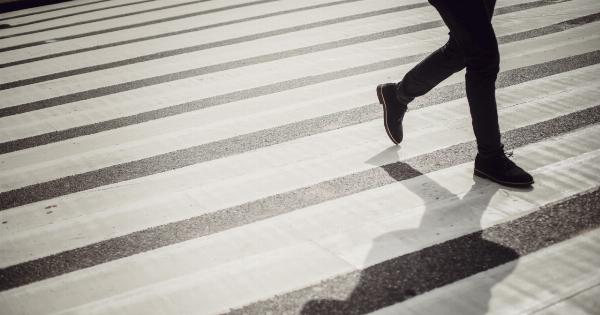Blisters on the legs can be a frustrating and painful problem for many individuals. Whether you are an athlete, a hiker, or simply someone who enjoys walking, blisters can slow you down and make it difficult to fully enjoy your activities.
However, with the right knowledge and preventative measures, you can minimize the occurrence of blisters and continue to stay active without any hindrance. This article will provide you with valuable information on how to prevent and treat blisters effectively, ensuring that they don’t slow you down.
Understanding Blisters
Before we delve into prevention and treatment, it is essential to understand what blisters are and why they occur. Blisters are small pockets of fluid that form under the top layer of the skin.
They are commonly caused by friction and pressure, often resulting from repetitive motion or ill-fitting footwear. When the skin repeatedly rubs against a surface, such as your shoes or socks, it can cause the upper layers of the skin to separate from the lower layers, trapping a liquid-filled pocket in between.
Prevention Tips
Prevention is the key to avoiding the discomfort and hassle of blisters. Here are some effective tips to prevent blisters on your legs:.
1. Wear Properly Fitting Shoes
Ill-fitting shoes are a major cause of blisters. Make sure your shoes are the correct size and provide enough room for your feet to move comfortably.
Avoid shoes that are too tight or too loose, as they can create friction and pressure points that lead to blisters.
2. Use Moisture-Wicking Socks
Moisture-wicking socks are designed to keep your feet dry by drawing moisture away from the skin. Damp or sweaty feet increase the likelihood of blisters. Look for socks made of synthetic materials like polyester or nylon that help to keep your feet dry.
3. Break In New Shoes
When wearing new shoes, it is essential to break them in gradually. Start by wearing them for shorter periods each day to allow your feet to adjust. This helps prevent excessive rubbing and friction on your feet, reducing the risk of blisters.
4. Use Lubricants
Applying lubricants like petroleum jelly or specialized blister prevention sticks to areas prone to blisters can prevent friction and reduce the risk of blister formation.
Focus on areas where your shoes or socks commonly cause friction, such as the heel or sides of your feet.
5. Wear Moisture-Wicking and Breathable Footwear
Choose shoes made from breathable materials that allow air circulation and prevent excessive moisture buildup. This helps keep your feet dry and reduces the chance of blister formation. Look for shoes with mesh panels or ventilation holes.
6. Use Padding and Bandages
If you have areas on your feet that are susceptible to blisters, using padding or bandages can provide an extra layer of protection.
Moleskin, gel pads, or blister-specific bandages can help reduce friction and cushion the affected area, preventing blisters from forming.
Treatment Options
If despite your best efforts, you do end up with a blister on your leg, it’s essential to provide proper care to prevent further discomfort or infection. Here are some treatment options for managing blisters:.
1. Leave Blisters Intact
While it may be tempting to pop a blister, it’s best to leave it intact. The blister acts as a natural barrier against infection. Popping it can expose the raw skin underneath, increasing the risk of infection.
If the blister is in an inconvenient location or causes significant discomfort, consult a healthcare professional.
2. Clean the Area
Wash the area around the blister gently with mild soap and warm water to keep it clean. Avoid using harsh cleansers or alcohol, as they can irritate the blistered skin further. Pat the area dry with a clean towel, ensuring that no moisture remains.
3. Apply a Blister Pad
If the blister is in an area that is prone to further rubbing or pressure, applying a blister pad or a cushioned bandage can provide relief. These pads are designed to protect the blister, reduce friction, and promote healing.
4. Wear Appropriate Footwear
While you have a blister, it is crucial to choose footwear that minimizes pressure and friction on the affected area. Opt for shoes that provide ample room and cushioning to prevent further aggravation of the blister.
5. Avoid Draining the Blister
Avoid draining the blister unless it becomes excessively large, painful, or at risk of infection.
If draining is necessary, clean the area thoroughly with an antiseptic solution and use a sterile needle or blister-specific draining tool to make a small hole near the edge for fluid release. Do not remove the skin covering the blister.
6. Monitor for Infection
Keep a close eye on the blister for any signs of infection, such as increased pain, redness, warmth, swelling, or pus formation. If you notice any of these symptoms, seek medical attention promptly to prevent complications.
The Road to Recovery
With proper care and preventive measures, most blisters will heal on their own within a few days to a couple of weeks. However, certain precautions can help speed up the healing process and get you back on your feet:.
1. Keep the Blister Clean and Dry
As your blister heals, it’s essential to continue keeping the area clean and dry. Change dressings regularly and ensure the site stays free from moisture. This will help prevent infection and aid in the healing process.
2. Avoid Friction and Pressure
Avoid activities that put excessive pressure or friction on the healing blister. This may mean temporarily modifying or reducing certain activities until the blister has completely healed.
3. Gradually Resume Physical Activity
Once your blister has healed, gradually resume your regular physical activities. Start slowly and increase intensity gradually to prevent any additional friction or pressure on the previously affected area.
4. Learn from the Experience
Take note of the triggers that caused your blister and learn from the experience. Knowing the specific factors that contributed to your blister can help you prevent future occurrences.
Implementing proper footwear, socks, and preventive measures can make a significant difference in preventing blisters.
Conclusion
Blisters on your legs don’t have to slow you down if you take the necessary precautions and follow the treatment guidelines.
Remember to wear properly fitting shoes, use moisture-wicking socks, break-in new shoes gradually, and apply lubricants to areas prone to blisters. If a blister does occur, leave it intact, clean the area, and apply blister pads as necessary. Monitor for signs of infection and seek medical attention if needed.
With a little care and attention, you can continue to enjoy your favorite activities without the hindrance of blisters.
